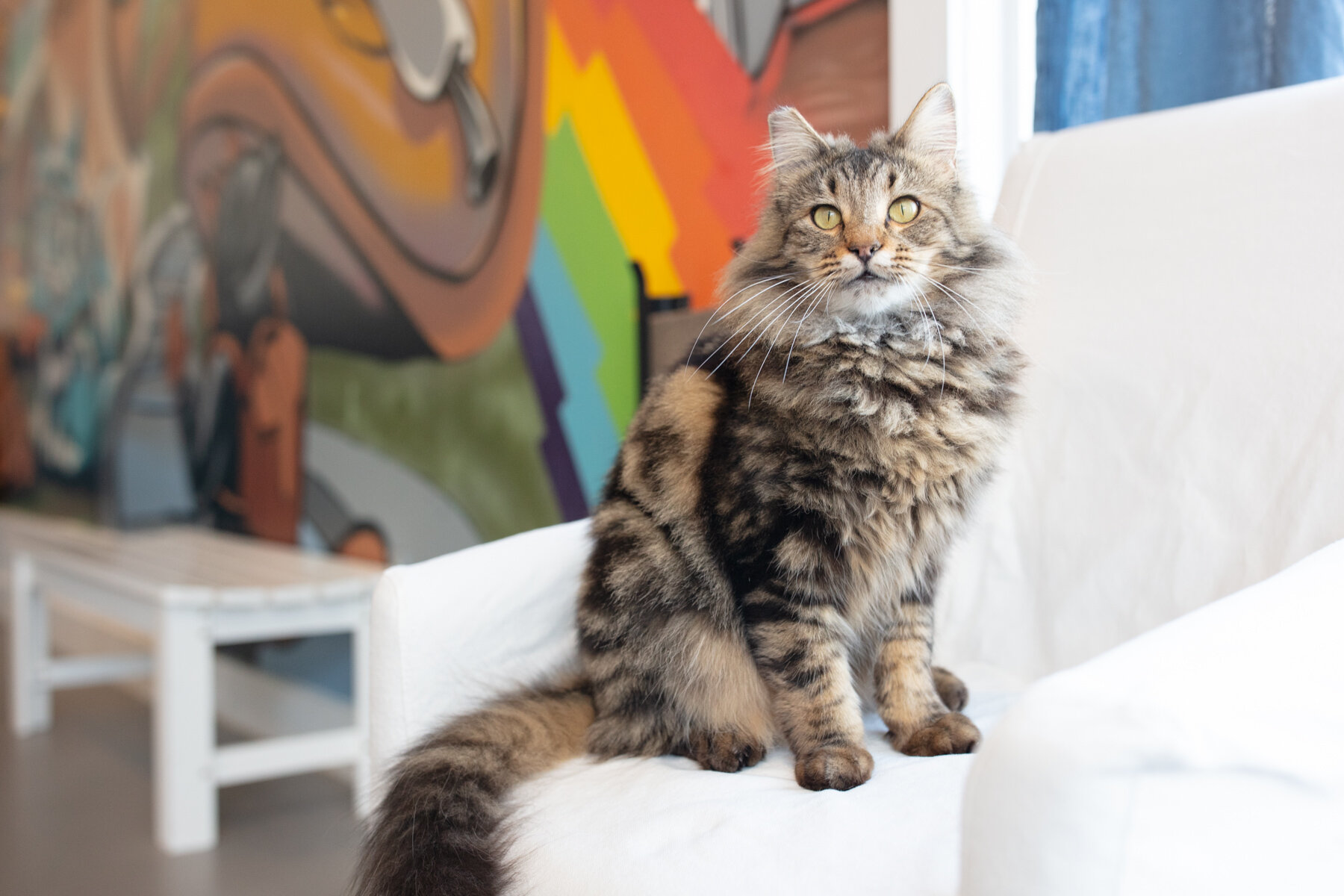
CAT TOWN BLOG
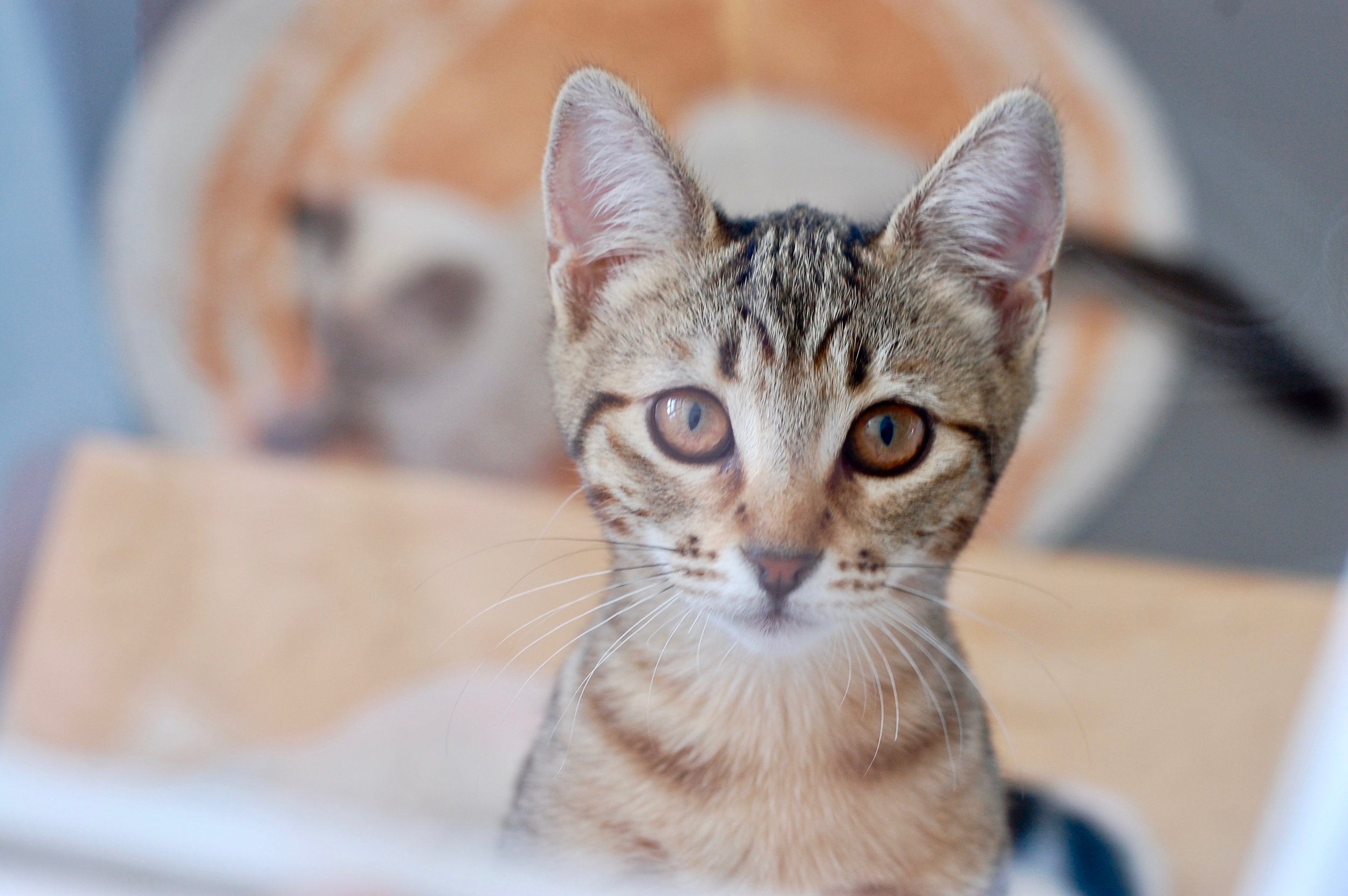
KITTEN WIRE: 10 TAKEAWAYS FROM THE LAST YEAR
OAKLAND — We launched the Kitten Wire one year ago to document Cat Town’s innovative approach to rescuing older kittens — the ones who hide in their shelter cages, bolting from hands, hissing instead of purring. These are the kittens who missed out on positive human interactions in their first few months and are deemed “unadoptable” by traditional shelter standards.
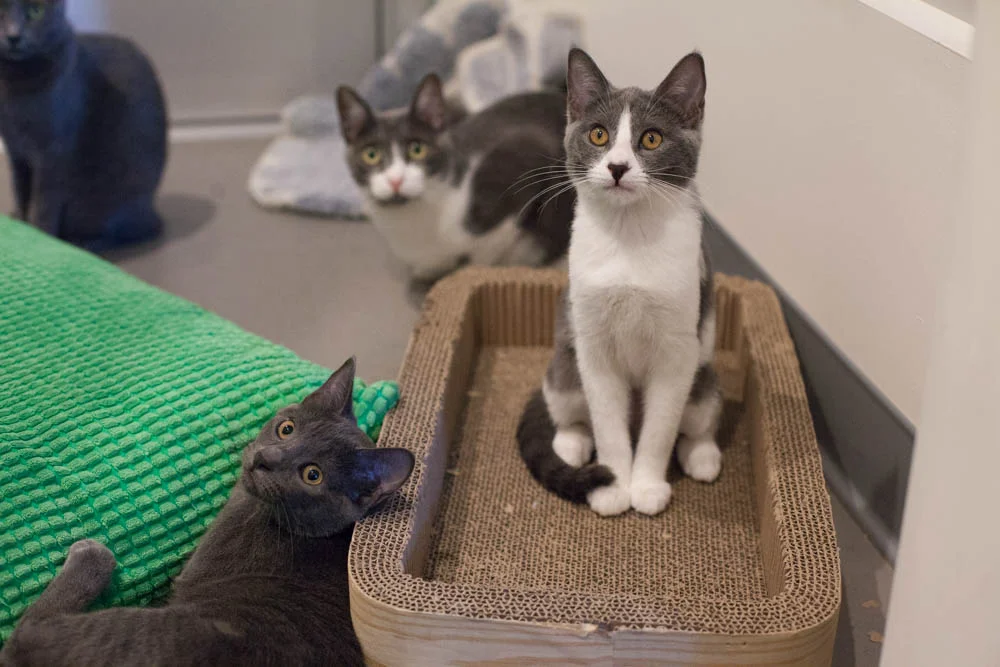
KITTEN WIRE: WHY WE PAIR SHY CATS WITH CONFIDENT CATS
OAKLAND — It was an adorable scene: a brother-sister pair of gray and gray-and-white young cats with their own mini-me companions bounding around a spacious studio. They would play and groom each other and were spotted napping in an irresistible pile together.
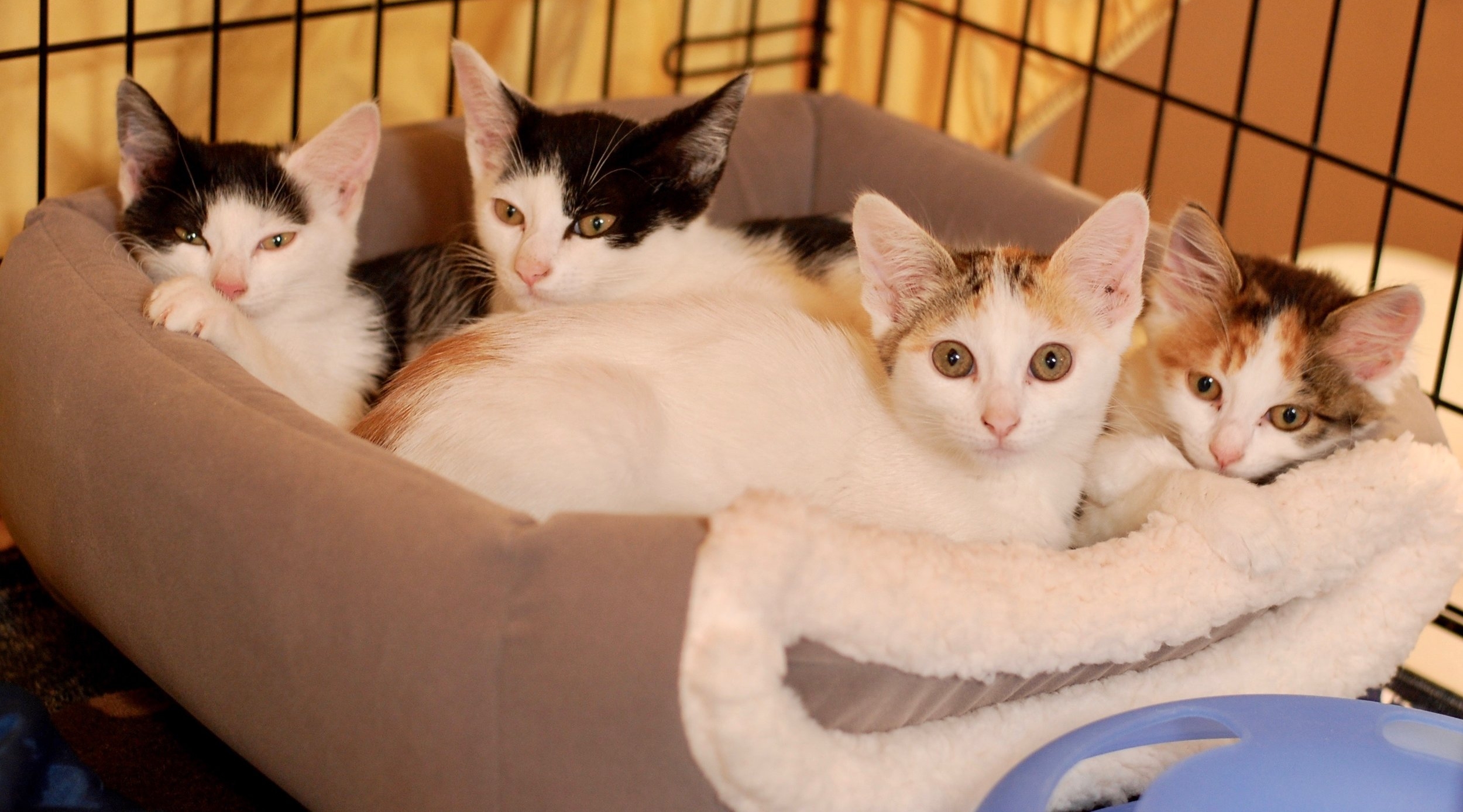
KITTEN WIRE: PREVENTING KITTENS FROM BECOMING 'FORGOTTEN'
OAKLAND — Cat Town started the innovative Forgotten Kitten Project to rescue older kittens from shelter cages — the hissy, bolty ones who need specialized attention to help them learn to trust humans.
But what can be done to keep kittens from being forgotten in the first place? The answer comes down to early intervention. And that's what Cat Town is doing a bit more of this year, marshaling resources to intervene where the need is the greatest.
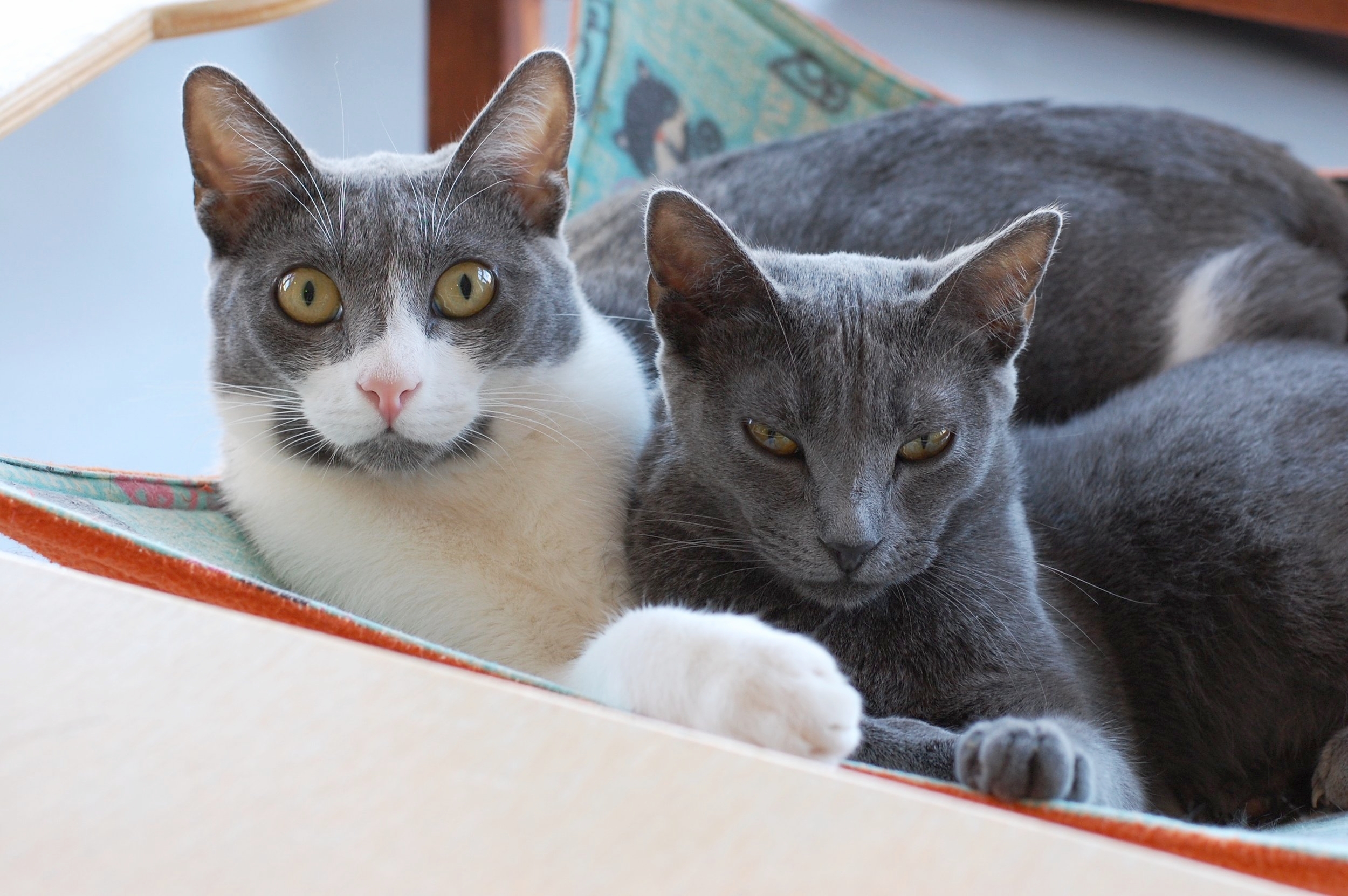
KITTEN WIRE: MEET TIGER AND FAWN
OAKLAND — "Bolty." "Terrified." "Hissing and kicking."
That's how volunteers and staff at the Oakland Animal Services described a pair of kittens who landed in shelter cages during last year's kitten season.
"FKP material?" a kennel note read.
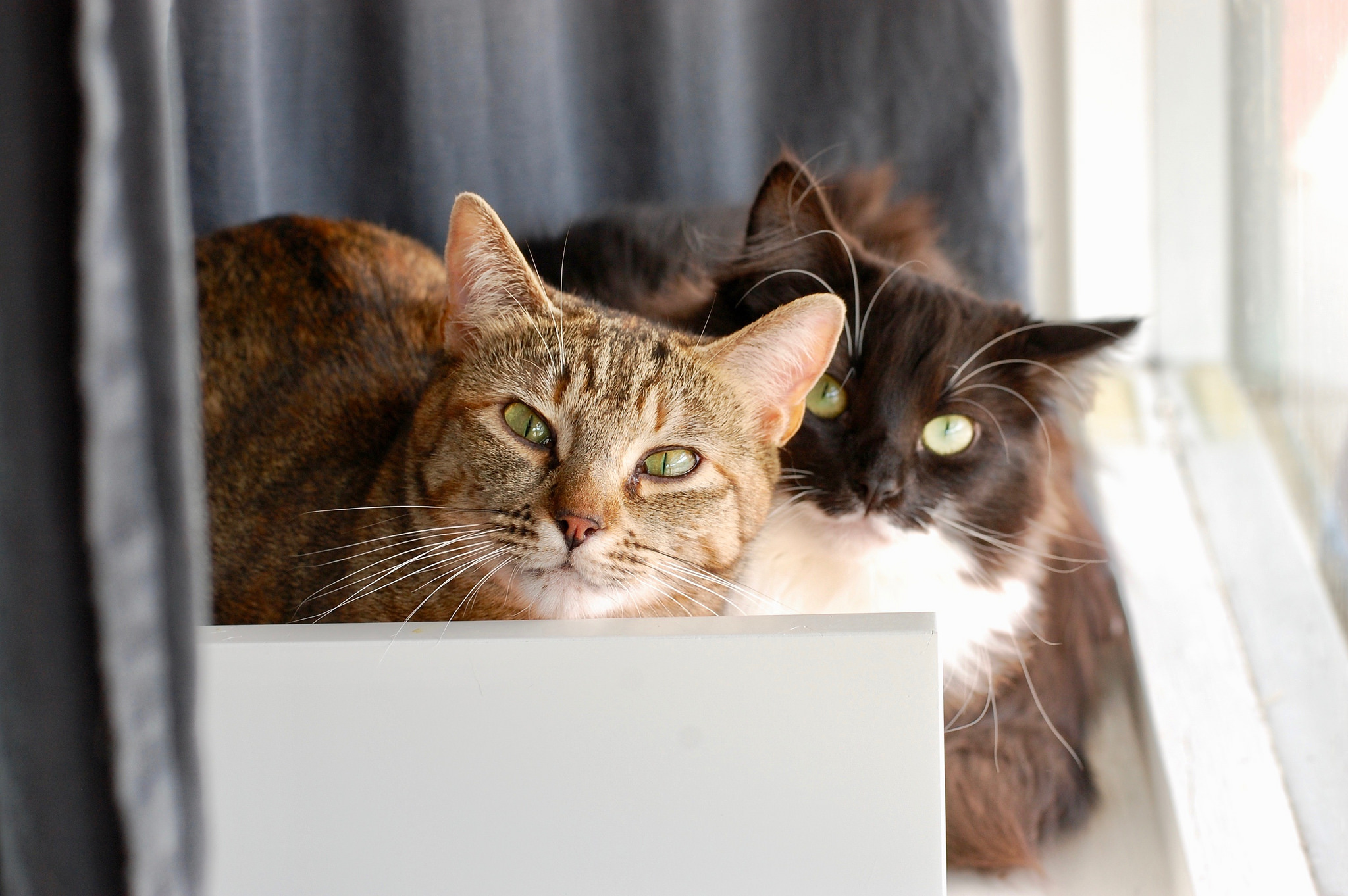
KITTEN WIRE: TAKING A CHANCE ON NATALIE
OAKLAND — When a father-son pair began their search for a new feline companion, they scrolled through the faces on Cat Town's adoption gallery, and found themselves drawn in by a brown tabby.
"Her eyes in the photo of her that was uploaded immediately caught our attention," said 18-year-old Blue. "They were gentle and inviting, almost hopeful, begging to find a home."

KITTEN WIRE: MELLOW MILTON NOW UP FOR ADOPTION
OAKLAND — We recently told you about a shy cat named Milton, a member of our Forgotten Kitten Project. Today, we're happy to report this mini-panther with a developing penchant for pets is available for adoption.
To learn more about Milton's journey, we checked in with his foster mom, Cammane W., who took him in four months ago when he developed a bad cold, prompting his move out of the main adoption center.
